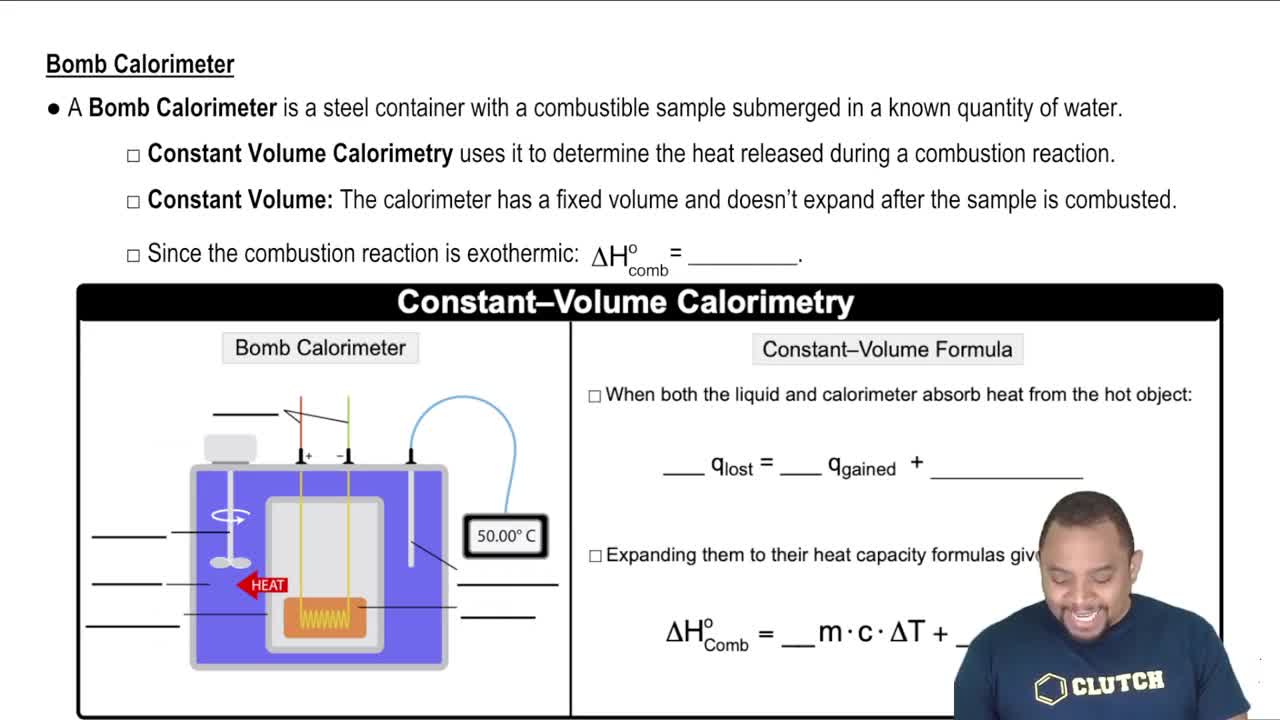(c) Is a graduated cylinder such as that shown in Figure 1.21 likely to afford the accuracy of measurement needed?
(b) An experiment requires 15.0 g of cyclohexane, whose density at 25 C is 0.7781 g>mL. What volume of cyclohexane should be used?
 Verified step by step guidance
Verified step by step guidance
Verified video answer for a similar problem:
Key Concepts
Density

Volume Calculation

Units of Measurement

(d) A cubic piece of metal measures 5.00 cm on each edge. If the metal is nickel, whose density is 8.90 g/cm3, what is the mass of the cube?
(a) After the label fell off a bottle containing a clear liquid believed to be benzene, a chemist measured the density of the liquid to verify its identity. A 25.0-mL portion of the liquid had a mass of 21.95 g. A chemistry handbook lists the density of benzene at 15 °C as 0.8787 g/mL. Is the calculated density in agreement with the tabulated value?
(c) A spherical ball of lead has a diameter of 5.0 cm. What is the mass of the sphere if lead has a density of 11.34 g>cm3? (The volume of a sphere is 14>32pr3, where r is the radius.)
Use of the British thermal unit (Btu) is common in some types of engineering work. A Btu is the amount of heat required to raise the temperature of 1 lb of water by 1°F. Calculate the number of joules in a Btu.
